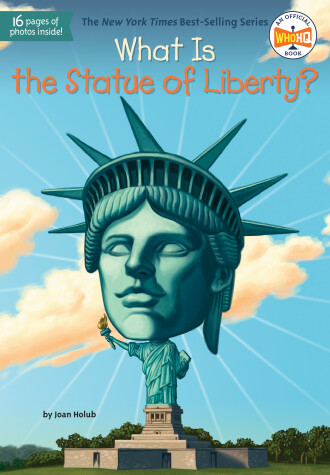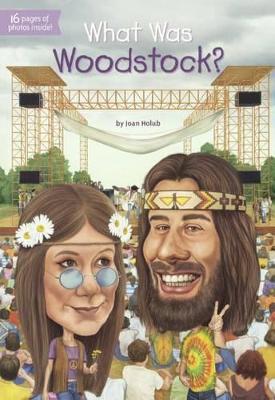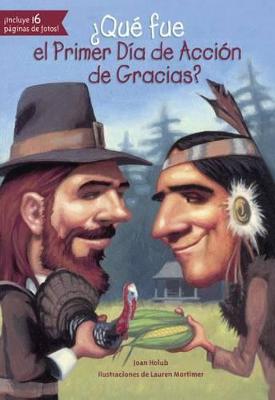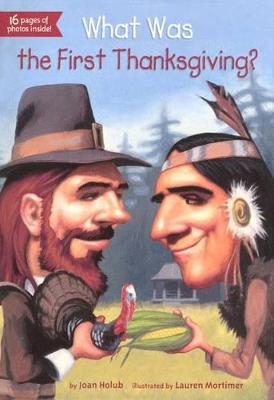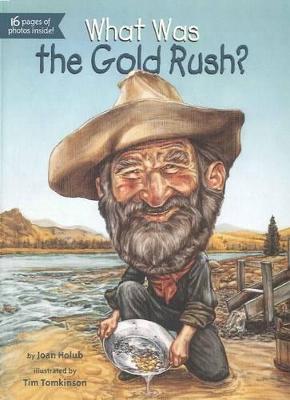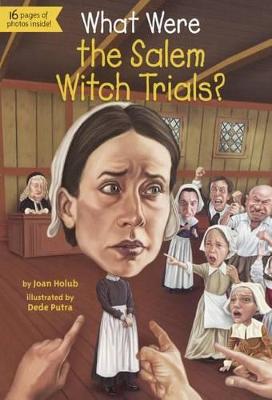What Was...
8 total works
American Association of University Women Award for Juvenile Literature 2016 Nominee.
Describes the nineteenth century American gold rush, and includes information on gold rush "boomtowns," relations between Native Americans and gold rush pioneers, and the importance of the gold rush on American history.
After their first harvest in 1621, the Pilgrims at Plymouth shared a three-day feast with their Native American neighbors. Of course, the Pilgrims and the Wampanoag didn’t know it at the time, but they were making history, celebrating what would become a national holiday.
